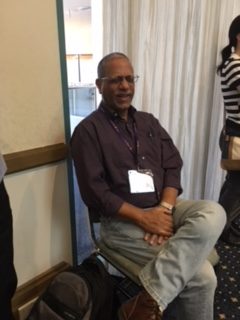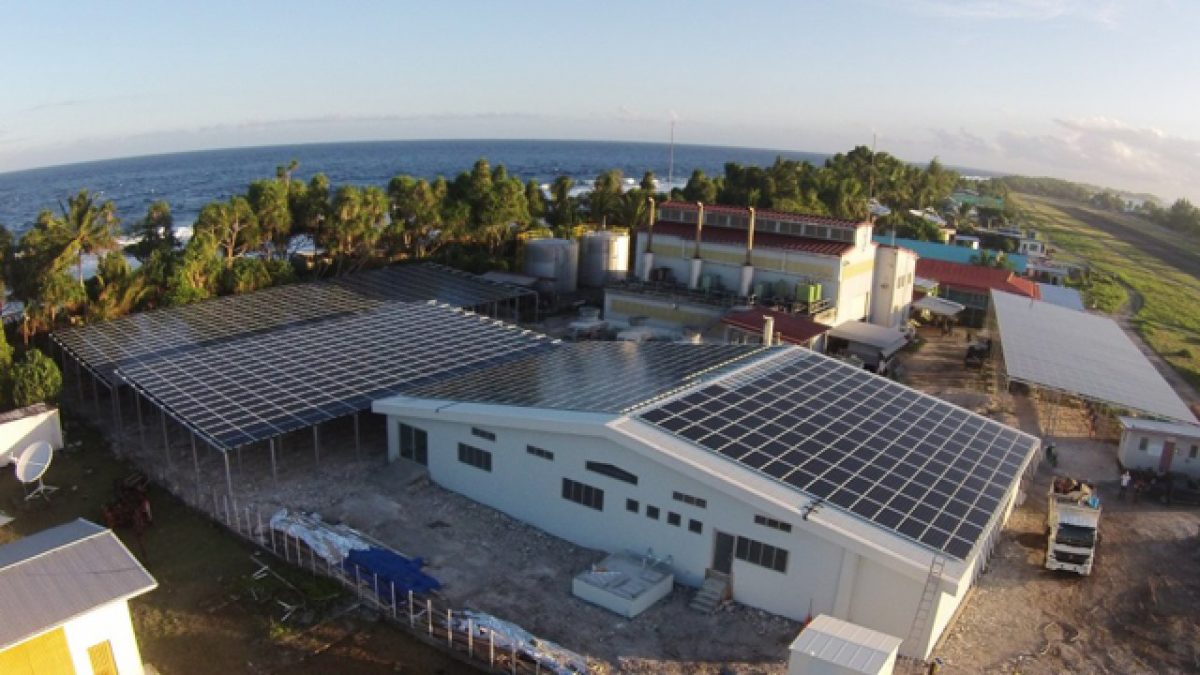Over three days this week the Australian PV Institute hosted the 4th Asia-Pacific Solar Research Conference in Melbourne. Around 300 Australian and international experts gathered to share technical knowledge on solar energy technology and energy distribution systems.
One of the key themes of this year’s event was electricity supply and mini grids in the Pacific Islands and the important role that solar PV can play. However, it also became clear during proceedings that there is no simple fix for supplying power to the region.
The objective of the annual conference is to bring together academia and industry, recognising that some of the best solutions occur when these two groups share knowledge.
Anna Bruce, a Senior Lecturer at the School of Photovoltaic and Renewable Energy Engineering at the University of New South Wales (UNSW), coordinated the emerging economies program at the conference, and told pv magazine Australia, “Every emerging economy’s energy requirements are quite different, and the Pacific brings its own unique technical challenges.” For those communities connected to one of the many mini-grids that operate across the Pacific, there is often a lack of diversity in generation sources making managing power distribution networks difficult. Other communities have no access to electricity at all or rely on expensive diesel generation for their energy needs.
“There is an important role for stand-alone solar systems in these communities,” Bruce said, “and Australia has a lot of relevant expertise that can be shared with small island communities because we have many remote grids of different sizes, including very small stand-alone PV-battery systems.”
Principle Consultant for ITP Renewables, Muriel Watt, who has been working in with Pacific Island communities since the early 2000s, pointed out that while larger islands such as those that comprise the nation of Fiji are lucky to have a diversified renewable energy mix, other Pacific Islands do not have or have not taken up this opportunity.
This lack of generation diversity in some Pacific Island grids is either due to a lack of appropriate sites and/or renewable resources available. For these communities, some of which go without power for weeks while they wait for ships to bring in fuel, solar PV is the only affordable option.

APVI
In a situation that is common to many emerging economies, the poorest people frequently pay the most for their energy. In the Pacific that cost is approximately $1 per kWh. Associate Professor in the School of Engineering and Physics at the University of the South Pacific (Fiji), Atul Raturi told pv magazine Australia that solar energy in the Pacific Islands can make a material impact on livelihoods. Even more important than supplying lighting, remote communities require electricity for clean water supply, refrigeration, mobile phone charging and television.
“On remote islands, extension of the grid is not an option, so renewable energy makes the most economic sense. This is even without development or subsidy support in the equation – it is the cheapest way to produce energy,” Raturi said.
Having a reliable source of power is vital for economic development. In small fishing communities, people will often boat to the mainland to buy ice to refrigerate their catch. This is a time consuming and expensive exercise, and by the time they get home half of the ice has melted. “Solar technology can power refrigeration in these communities and make a whole of life change that goes beyond light,” Raturi said.
UNSW and the University of the South Pacific collaborate in the Pacific
Earlier this year, UNSW received funding to deliver affordable renewable energy solutions for the Pacific Islands. Part of this funding will include a partnership with the University of the South Pacific, a regional university that includes campuses in 12 Pacific Ocean countries. Raturi said, “we are very pleased to be working together because our interests match, and we think there is a lot of potential to do community projects.”
Iain MacGill, the Joint Director (Engineering) for the Centre for Energy and Environmental Markets, told pv magazine Australia that the university has sought to build links in an inter-disciplinary way. The joint program will be run through the Institute for Global Development with a focus on capacity building and collaborative learning. MacGill said the two regions have lessons for each other.
“There’s a history of experimentation in remote communities, where they are given a wiz-bang new thing and then it stops working. It’s a risk because it’s doing a disservice to these communities. Every failed project reduces trust,” MacGill said.
Both Raturi and MacGill are keen to translate lab-based work into tangible technology that matches community needs. They believe industry connections are important for progressing solar technology in the region.
There is also a need for capacity building around installing, maintaining and operating solar systems. For example, solar desalination units are currently being installed in remote islands by a Melbourne company who developed the technology. Local training will be needed to maintain these units.
“It’s really important that the community takes ownership of projects” Raturi said, “and that we give communities what they actually need. USP’s approach is to go to communities and discuss with them what they need first before offering them solutions.”
“While PV installations at the home level are important we need solar power to cater for whole communities”, MacGill said. PV systems can make a huge impact to business, health, education and quality of life in the region, especially for those people that have no access to electricity at all.
For more information on the Australia-Pacific Solar Research Conference, go to, http://apvi.org.au/solar-research-conference/
This content is protected by copyright and may not be reused. If you want to cooperate with us and would like to reuse some of our content, please contact: editors@pv-magazine.com.








By submitting this form you agree to pv magazine using your data for the purposes of publishing your comment.
Your personal data will only be disclosed or otherwise transmitted to third parties for the purposes of spam filtering or if this is necessary for technical maintenance of the website. Any other transfer to third parties will not take place unless this is justified on the basis of applicable data protection regulations or if pv magazine is legally obliged to do so.
You may revoke this consent at any time with effect for the future, in which case your personal data will be deleted immediately. Otherwise, your data will be deleted if pv magazine has processed your request or the purpose of data storage is fulfilled.
Further information on data privacy can be found in our Data Protection Policy.